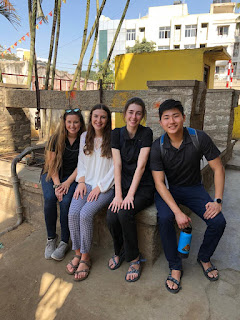In the sparkling eyes of joy
with the voice of innocence
having the gesture of humbleness
of the mind of innovativeness
and the blessed strength in the bodies
may be not perfect in carrying themselves
but un-moulded walks which sets them free
here are the people
my sight was never upon
they are now mine. Mine and mine
Itinerant Typha cutters, Baje wage labourers,
RURAL FOLKS, an umbrella term
with dear sense of belonging
"Elu Ooru Kere"(lake of Seven Villages)
"namm kere", "nam ooru", "nam gadde", "nam bhavi"
every interaction with local folks smoothens me
hard work, self sufficiency, simplicity
nevertheless humour at its best
a quick thought of transversal of roles...
can I welcome them as they did?
can I accept them as they did?
can I laugh as they do?
can I be finally set free?
CAN I?
LOOKS LIKE A TASK THOUGH!
is it because of striving for a livelihood?
or their philosophy of highest order?
carpe diem... Bhuddism... Zen... Mythology...
sieze the day, "aaseye dukhakke mula", flexibility and adaptability, ideal figures of Lord Rama and Krishna respectively...
"Oota madudra madamavre?"
"Oota maadi banni madamavre..."
Oota is fundamental, yes.
So are the people...
fundamentals of a holistic life...
they are our "annadathas"...
Dude wait...
people with simple minds are not nothing!
they should be something!
actually they are everything:)
-Rakshitha M L


























